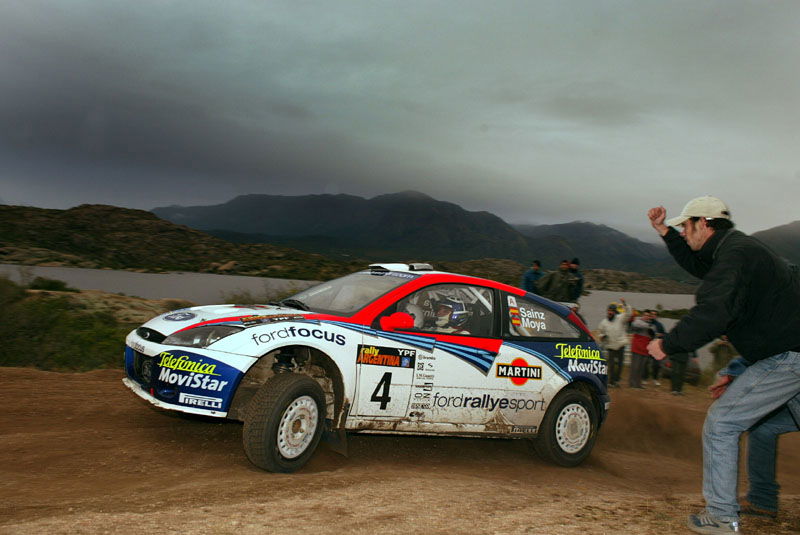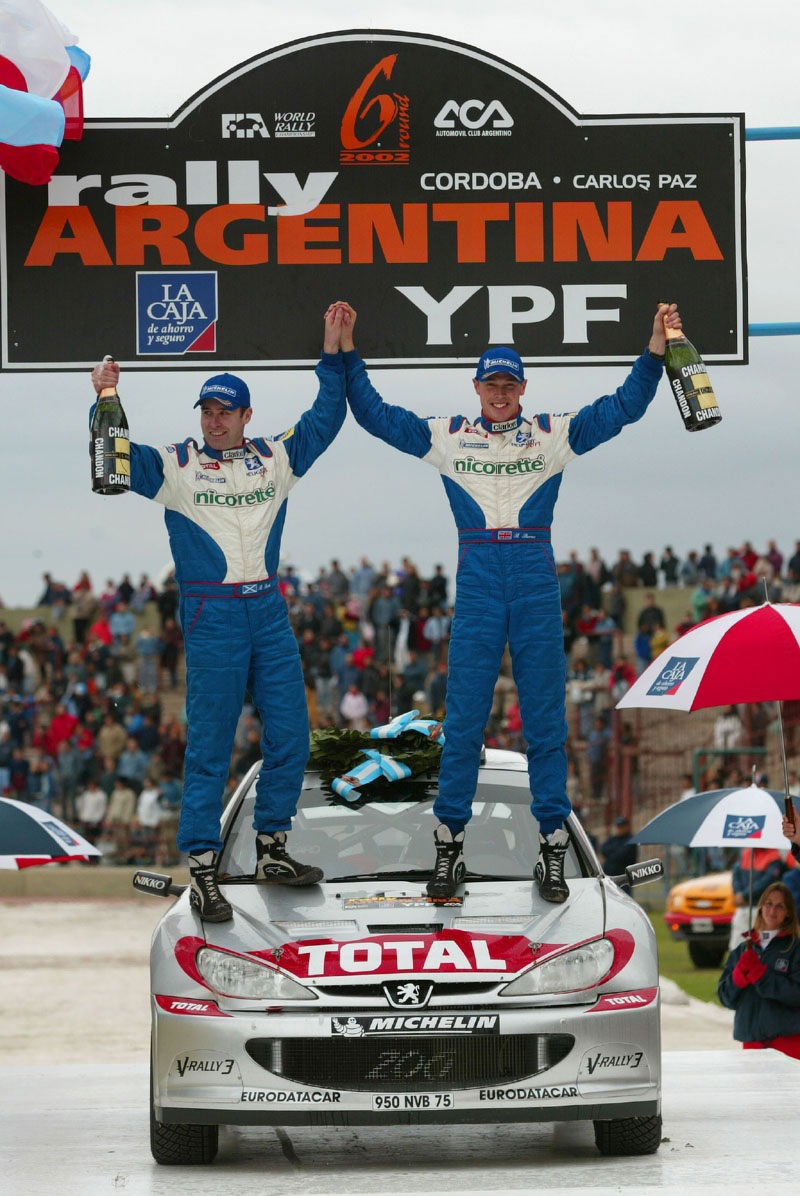Technical talk - Argentinean water-splashes.
There are more river-crossings on Rally Argentina than on any other round of the WRC. This year, crews have to tackle 58. 15 of them are dry, while the remaining 43 are water splashes.
There are 23 on legs one and two, and 11 on the final day. Only seven of the 22 stages are free of river-crossings.
Although water-splashes look like good fun, drivers are careful not to attack them too quickly. If the water level is pushed too high it can get sucked into the engine's inlet system and potentially destroy it.

There are more river-crossings on Rally Argentina than on any other round of the WRC. This year, crews have to tackle 58. 15 of them are dry, while the remaining 43 are water splashes.
There are 23 on legs one and two, and 11 on the final day. Only seven of the 22 stages are free of river-crossings.
Although water-splashes look like good fun, drivers are careful not to attack them too quickly. If the water level is pushed too high it can get sucked into the engine's inlet system and potentially destroy it.
If water gets into the air-intake, the first casualty is likely to be the turbo. At maximum speed, the tips of the delicate aluminium turbine blades reach over 2000kph, and at this speed a few drops of water could cause serious damage.
In the worst cases, water may actually get into the cylinders of the engine - a condition that almost always causes destruction. As the pistons are unable to compress the water, con-rods bend and sooner or later the engine will destroy itself.
To help prevent this type of damage, engineers at the 555 Subaru World Rally Team have developed a special air-box for especially wet stages which features different fresh-air inlet points and a self-draining system.
So far, the dry stages and low water levels have favoured the more typical single-inlet system but the modified units are on stand-by and can be fitted by Subaru technicians in minutes if necessary.

